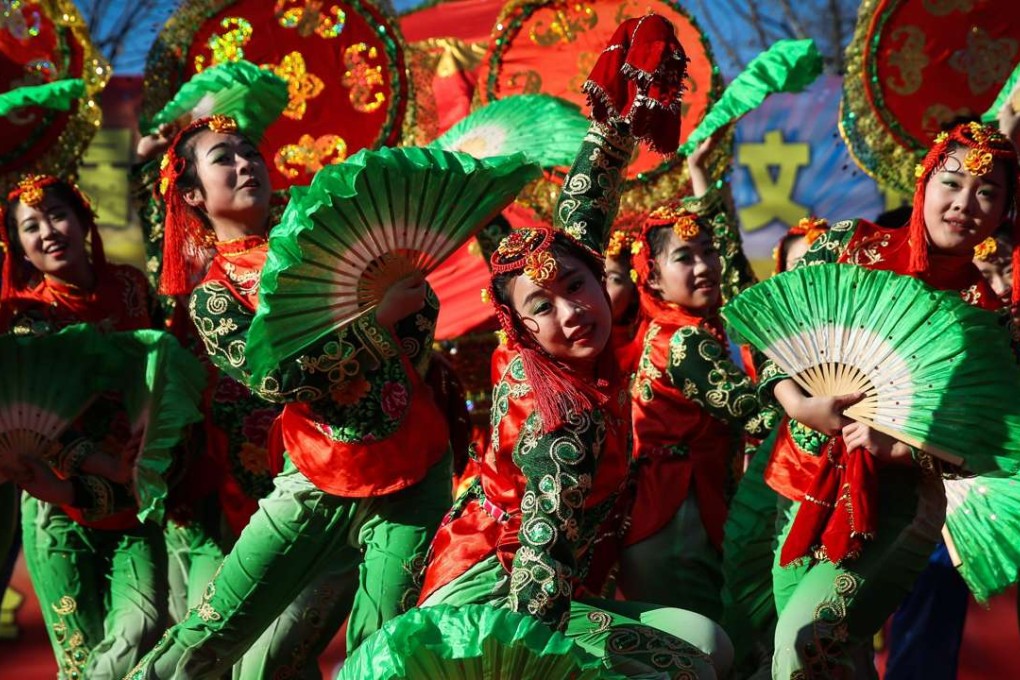Why China doesn’t really celebrate Lunar New Year
Sun Kwok says the traditional annual cycle in China represents a mixed solar and lunar calendar devised to help farmers plan ahead, and its origins make the term ‘Chinese New Year’ most apt for the festival

During the recent Chinese New Year celebrations, the media – including the Post – frequently used the term “Lunar New Year”.
This description is not strictly correct. The Chinese calendar is not a lunar calendar like the Islamic calendar, but a mixed solar/lunar calendar. The date of the Chinese New Year is linked to both the sun and the moon.
Of course, every month of the Chinese calendar begins at new moon, and the dates of the Chinese month track the phase of the moon. A lunar month is based on the phase cycle of the moon, which has either 29 or 30 days.
But a year in the Chinese calendar follows the period of the sun, which has approximately 365 and a quarter days. Twelve months therefore fall well short of a year. In order to match the solar and lunar cycles, intercalary months have to be added from time to time.
Watch: Hong Kong welcomes the Year of the Rooster
The Chinese calendar is also sometimes called an agricultural calendar because farmers rely on an accurate calendar to plough, seed and harvest at the right time. Agricultural activities depend on the seasons, which are controlled by the sun.